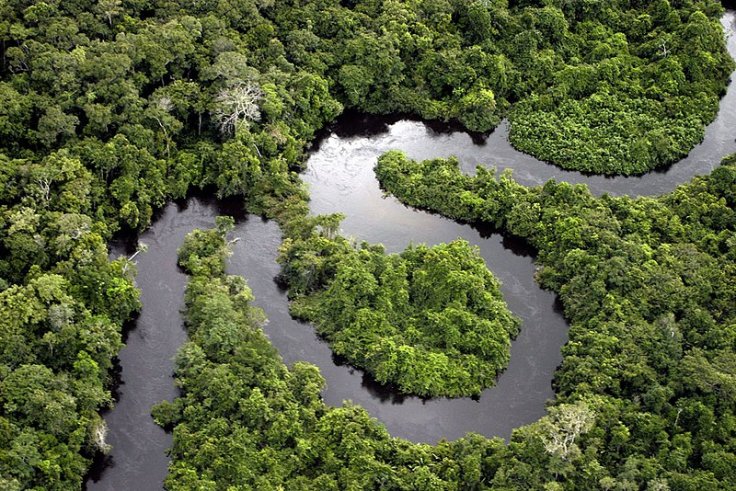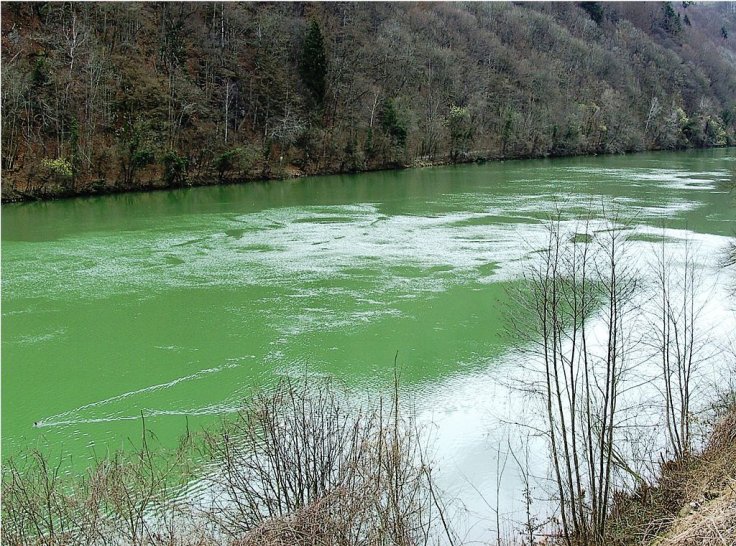Autopsies of the Northern California couple and their infant, who were found dead in the Sierra National Forest on Tuesday, were completed on Thursday. It failed to reveal the real cause of their death, who went on a hiking trail with their family dog in the national forest. Investigators are with no clue about the family members' demise, and they are now digging deeper into the mysterious deaths.
The bodies of software engineer John Gerrish, his wife Ellen Chung, their daughter Miju and the family dog were found near Hite's Cove in the National Forest earlier this week. Investigators are now looking into all the possible causes, including toxic algae, toxic gasses, carbon monoxide from abandoned mines, that could have contributed to the deaths, according to a spokesperson of the Mariposa County Sheriff.
"We are not focusing on one specific cause at this point. There are just still so many that we can't rule out. We have looked at lighting strikes in the area. We have looked at storms... the weather, animals. We are looking at the entire area as a whole", Kristie Mitchell said.
Murder Mystery
The spokesperson also said that none of the bodies had physical injuries, such as signs of trauma or gunshots. Suicide notes were also not found by the investigators. The Mariposa County Coroner is now waiting for the toxicology results from the bodies, and it could take over six weeks. The investigators will also look into the necropsy results of the family dog, she revealed.
"It makes for a very unique, very strange situation. I think it's going to be a very long and in-depth, thorough investigation because it isn't as clear-cut as what some cases are", Mitchell added.

The investigators started looking for the California family after /their friend filed a missing report on Monday. The report stated that Gerrish and his partner did not return home with their infant after their one-day hike. He also missed work.
Meanwhile, a family friend named Sidney Radanovich, a real estate agent in Mariposa, said the couple was avid hikers. They were so much in love with the area that they bought several homes in the region for rental investments and a resident for themselves
Last month, the National Forest Service found toxic algae in Merced River near Hites Cove and urged people not to wade, swim or allow their pets in the area.
What are Toxic Algae?
All algae are not harmful, and only those that contain excess algae growth are toxic. They have organisms that can excessively lower the oxygen levels in natural waters, killing marines in freshwaters. They can also harm pets and humans. Some of the toxic algae are blue-green algae, golden algae, and cyanobacteria.
Algae and cyanobacteria are simple, plant-like organisms that live in the water. Algae and cyanobacteria can rapidly grow out of control or bloom, when water is warm, slow-moving, and full of nutrients, according to the Center's for Disease Control and Prevention (CDC).

How is it Harmful to Humans?
Harmful algae can reduce the oxygen level of a living organism, or it can release harmful gases. If a person drinks freshwater that is in red, bright green, brown, or blue color or if it has a bad odor, it can cause gastrointestinal distress, vomiting, diarrhea, or skin irritation. If the toxic levels in the water are very high, it can harm the nervous system, liver, and kidneys, the California Department of Public Health said.
No known human fatalities have been documented from recreational or drinking water exposure to cyanobacterial toxins, the state health department added.
Meanwhile, the CDC stated that animals can get very sick or even die quickly after exposure to harmful algae and cyanobacteria. ... Animals are often the first affected in part because they are more likely to swim in or drink from bodies of water that contain harmful algae or cyanobacteria.









